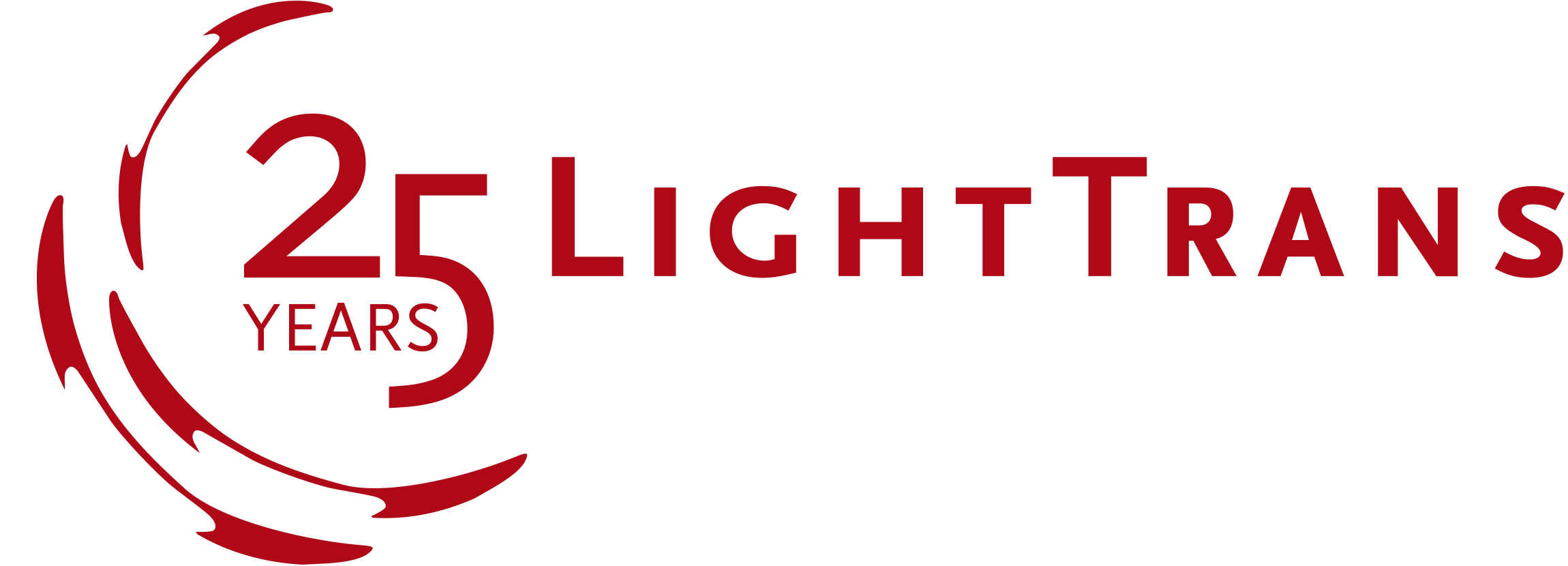What’s new in our Optical Modeling and Design Software?
Single Grating Interferometer for X-Ray
X-ray imaging technologies are often based on the Talbot effect and the self-imaging of gratings. Following the work of N. Morimoto et al., we selected three types of phase gratings and used each of them to build up single grating interferometers in VirtualLab Fusion. With proper Fourier transform settings, we calculate the self-images i.e. the diffraction patterns behind the phase gratings (modeled as transmission functions) and compare the results from different types of gratings.
Read moreConfocal Scanning Microscopy
Confocal laser scanning microscopy is a widely applied technology for both scientific research and industrial applications. Using a spatial pinhole at the image plane – conjugated to the location of the object – helps improve the resolution. We build up one such confocal scanning microscope in VirtualLab Fusion, and, especially with the help of the grating component, we use a metallic grating as the test object to demonstrate the working principle and visualize the effects at different locations in the system.
Read moreUsing Volume Gratings as Angular Filters
Volume gratings, due to their high spectral and angular sensitivities, can, in turn, be designed to function as either spectral or angular filters. Following the work of K. Bang et al., we construct such volume gratings in VirtualLab Fusion and analyze their angular response. In comparison to traditional spatial filtering employing a 4-f system, volume gratings can be integrated in complex systems compactly. As an example, we use a volume grating to suppress the higher diffraction orders of a DOE and demonstrate the effect.
Read moreRegister now for our next Webinar
We would like to invite you to take part in our next VirtualLab Fusion webinar. In order to adapt to different time zones worldwide, we will hold this webinar twice.
Read moreTalbot Lithography
The Talbot effect, as one of the most well-known diffraction effects, can be used in lithography to produce periodic nanostructures. Following the work of I.-H. Lee et al., we construct a conical grating mask on a hexagonal grid, and simulate the generation of Talbot images in a depth-wise manner. Particularly, since the UV light employed in the lithography process is unpolarized, we demonstrate, at examples, how to model unpolarized light for grating simulation in VirtualLab Fusion.
Read moreMetagratings for Large-Angle Beam Splitting
Dot-projection optical elements can be found in an ever-growing number of devices, like in the LiDAR of Apple’s new iPad Pro with depth-detecting capability. A beam-splitting grating plays a crucial role in these applications, and the design of such gratings for non-paraxial cases is challenging. Metagratings, because of the unique way in which a nanopillar manipulates the electromagnetic field, can provide additional design possibilities. We demonstrate how such gratings can be constructed, modeled, and optimized in VirtualLab Fusion.
Read moreBlazed Metagrating Design
Metagratings and more general metasurfaces are starting to draw ever more attention in different applications. They are known for maintaining a high diffraction efficiency in non-paraxial situations. Polarization-insensitive designs are possible with an appropriate selection of the types of nanopillars as the unit cells for the metagrating. Following the work of P. Lalanne et al. – pioneers in the field of metasurface research – we construct a blazed metagrating and optimize it in VirtualLab Fusion.
Read moreHighly Efficient Gratings for Ultrashort Pulses
Ultrashort pulses prove helpful in many modern applications. To manipulate ultrashort pulses, especially for high-power cases, gratings are often employed to either stretch or compress the pulses. The design of such gratings needs careful consideration: they should maintain high efficiency over a spectrum band, and sometimes even for random polarization. In VirtualLab Fusion, you can design gratings using FMM/RCWA, insert the gratings into a setup with pulsed laser sources for system performance evaluation. We demonstrate with the examples below.
Read more











